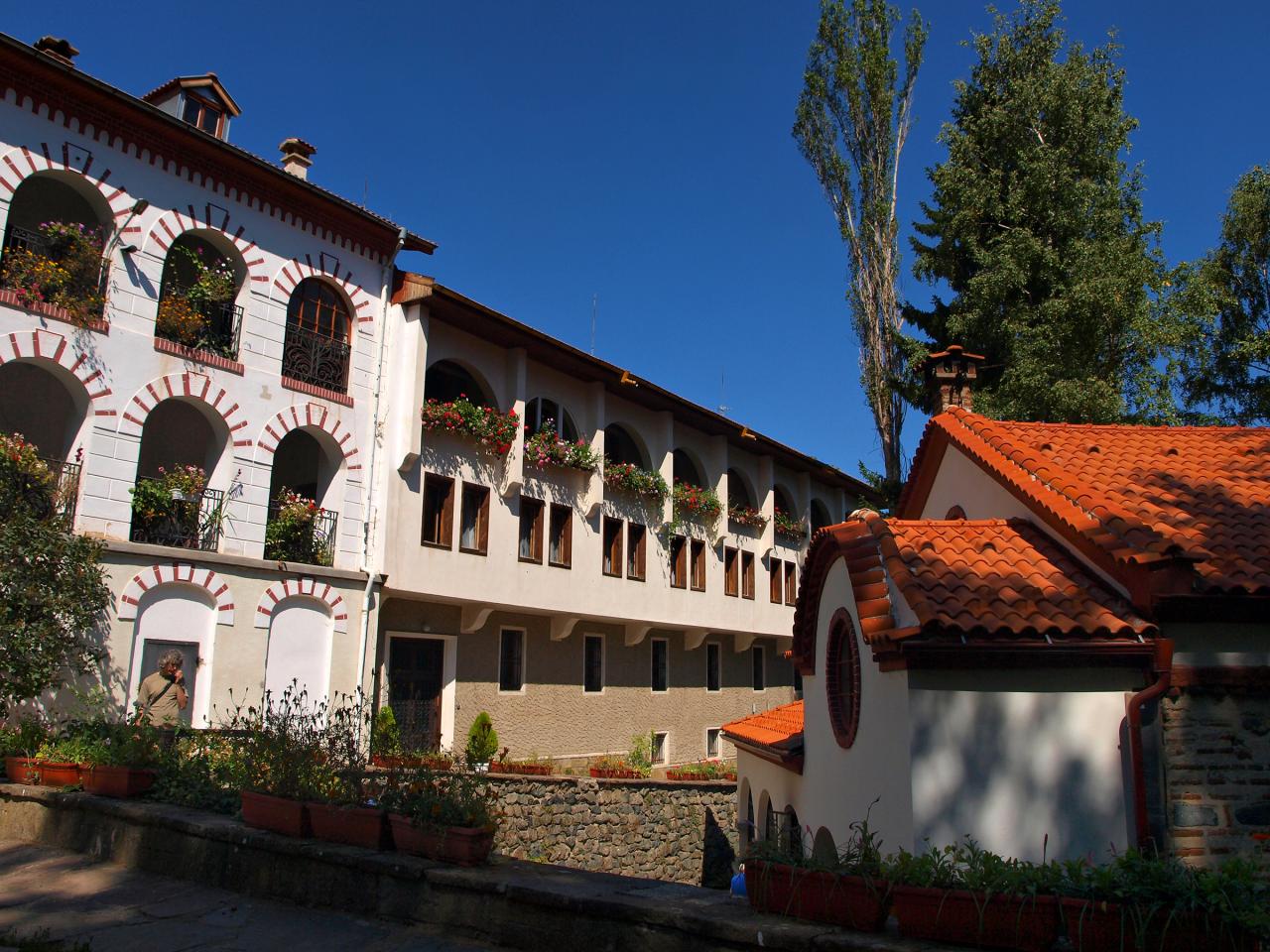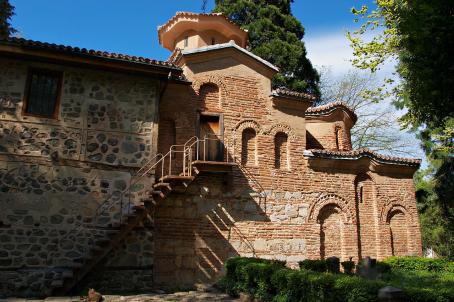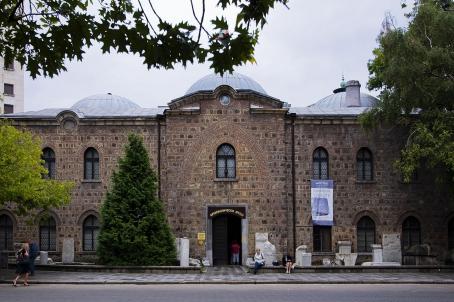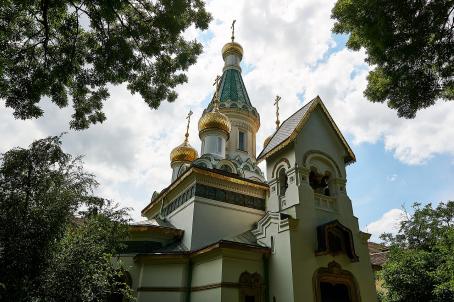Dragalevtsi Monastery
It is an Orthodox Monastery close to Bulgaria's capital Sofia. It was built on the slopes of the Vitosha mountain, known by Bulgarians as Sofia's Holy Mountain.
About this building
The monastery was founded by Tsar Ivan Alexander during the Second Bulgarian Empire. It was one of the 14 monasteries built around the Vitosha Mountain and known as the “Sofia Saint Forest”. Even though it burnt to the ground after the Ottoman occupation of the country, it was rebuilt in the 15th century becoming an important centre for literacy.
It includes a church, residential buildings, and outbuildings. Some of the church's wall paintings date from the 15th century. It also has paintings from the 16th and 17th century.
In the 19th century, the national hero Vasil Levski used the monastery as a hideout to plan some of his revolutionary actions against the Turkish Empire.






